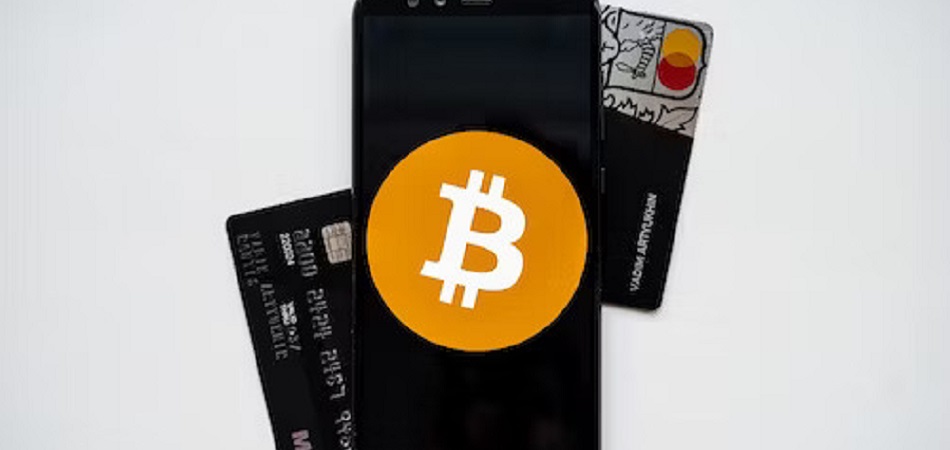In the rapidly evolving landscape of the digital age, where information is exchanged at an unprecedented rate, the need for secure and efficient identity management has become paramount. Traditional identity management systems often face challenges such as data breaches, identity theft, and lack of user control over personal information. Blockchain technology, originally designed to underpin cryptocurrencies like Bitcoin, has emerged as a revolutionary solution to address these issues. This article explores the concept of blockchain-enabled identity management, its key principles, benefits, and potential implications for the future.
Understanding Blockchain Technology
Fundamentally, blockchain is a distributed, decentralized ledger that keeps track of transactions via a network of computers. Because it runs on a peer-to-peer network, a central authority is not necessary. A timestamp and a link to the previous block are included in every block of the chain, forming a transparent and safe data chain. Identity management is a perfect fit for the blockchain due to its transparency and immutability.
Key Principles of Blockchain-Enabled Identity Management
- Decentralization: Blockchain’s decentralized nature means that there is no single point of control or failure. Instead of relying on a central authority, identity information is stored across a network of nodes, making it resilient to hacking attempts and reducing the risk of data breaches.
- Immutability: Information added to the blockchain is nearly impossible to remove or tamper with after it is added. There is a great degree of confidence in the veracity of the data kept on the blockchain because of its immutability, which guarantees the integrity of identification data.
- Consensus Mechanism: Consensus procedures are used by blockchain to approve and append new transactions to the ledger. By ensuring that every node on the network is in agreement with the blockchain’s current state, this improves identity record security and keeps unauthorized changes from occurring.
- User Control: Individuals have greater control over their personal information in a blockchain-enabled identity management system. They can grant and revoke access to specific elements of their identity, enhancing privacy and putting the user in charge of who can access their data.
Benefits of Blockchain-Enabled Identity Management
- Enhanced Security: The decentralized and immutable nature of blockchain significantly enhances security. The elimination of a central point of control makes it difficult for malicious actors to compromise the entire system, reducing the risk of identity theft and fraud.
- Privacy Preservation: Blockchain empowers individuals to control access to their personal information. Users can selectively share specific aspects of their identity without revealing the entire dataset, providing a more privacy-centric approach to identity management.
- Reduced Identity Fraud: The tamper-proof nature of blockchain records and the stringent validation process through consensus mechanisms make it extremely challenging for fraudsters to manipulate or create fake identities. This can lead to a substantial reduction in identity fraud cases.
- Streamlined Processes: Traditional identity verification processes often involve multiple intermediaries, leading to inefficiencies and delays. Blockchain streamlines these processes by providing a single, verifiable source of truth, reducing paperwork, and improving the speed of identity verification.
- Interoperability: Blockchain-enabled identity solutions have the potential to be interoperable across various platforms and services. This could lead to a standardized and universally accepted method of identity verification, making it easier for individuals to navigate digital services seamlessly.
Potential Implications and Challenges
While the promises of blockchain-enabled identity management are significant, there are challenges and potential implications that must be considered:
- Regulatory Compliance: The regulatory landscape for identity management is complex and varies across regions. Implementing blockchain solutions may require adjustments to comply with existing regulations, and new frameworks may need to be established to address the unique characteristics of blockchain technology.
- User Adoption: Convincing individuals to embrace a new identity management paradigm may pose a challenge. Education and awareness campaigns are essential to ensure users understand the benefits of blockchain-enabled identity management and feel comfortable with the technology.
- Scalability: Scalability becomes an important consideration as blockchain networks expand. One difficulty that needs to be solved is making sure the blockchain infrastructure can accommodate the growing number of identification transactions without sacrificing speed or security.
- Technological Integration: Integrating blockchain technology into existing systems and applications can be complex. Companies and service providers may need to invest in upgrading their infrastructure to seamlessly incorporate blockchain-enabled identity solutions.
Conclusion
Blockchain-enabled identity management represents a paradigm shift in the way we secure and manage personal information in the digital era. The decentralized, immutable, and transparent nature of blockchain offers a compelling solution to the security and privacy challenges associated with traditional identity management systems. While there are challenges to overcome, the potential benefits, including enhanced security, privacy preservation, and streamlined processes, make blockchain-enabled identity management a promising avenue for the future. As technology continues to advance, the integration of blockchain into identity management may become a cornerstone of a more secure and user-centric digital experience.

